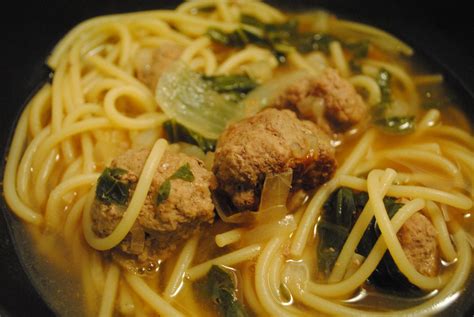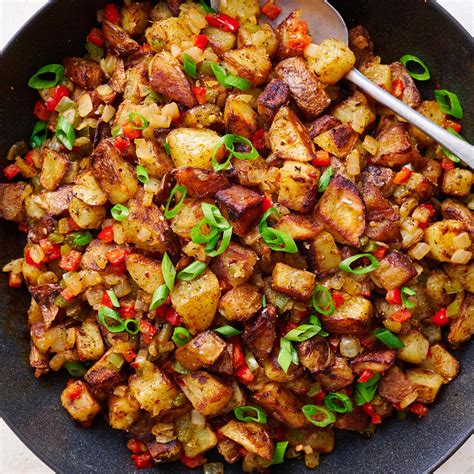Discover the traditional ingredients, influences, and unique cooking techniques of Burundi cuisine, along with popular dishes and modern twists on traditional recipes.
Traditional Ingredients Used in Burundi Recipes
Contents
Burundi cuisine is known for its rich and diverse flavors, which are achieved through the use of traditional ingredients that have been passed down through generations. One of the key ingredients used in Burundi recipes is plantains, which are a staple in many dishes. Plantains are often used in both savory and sweet dishes, adding a unique flavor and texture to the cuisine.
In addition to plantains, another essential ingredient in Burundi recipes is peanut sauce. This rich and creamy sauce is made from ground peanuts and is used to flavor a variety of dishes, including stews and grilled meats. The use of peanut sauce adds a nutty and savory flavor to the cuisine, which is highly characteristic of Burundi cooking.
Another important ingredient in Burundi recipes is cassava, a starchy root vegetable that is used in a wide range of dishes. Cassava is often used to make a type of flatbread called ugali, which is a popular accompaniment to many meals. The use of cassava in Burundi cuisine adds a hearty and filling element to the dishes.
Furthermore, sorghum is a key traditional ingredient used in Burundi recipes, particularly in the form of sorghum flour. Sorghum flour is used to make a type of porridge called umutsima, which is often enjoyed as a breakfast dish. The use of sorghum adds a unique and earthy flavor to the cuisine, making it an essential ingredient in Burundi cooking.
Influences from African and French Cuisine
Influences from African and French Cuisine
When it comes to Burundi cuisine, it is important to acknowledge the significant influences from both African and French culinary traditions. These influences have shaped the flavors and cooking techniques that are commonly found in Burundi recipes. The combination of African and French influences has created a unique and diverse culinary landscape that is truly representative of the country’s cultural heritage.
The use of traditional African ingredients such as plantains, cassava, and various types of beans is a defining characteristic of Burundi cuisine. These ingredients are often used in hearty stews and savory dishes, reflecting the influence of African culinary traditions. Additionally, the use of various spices and herbs, such as cardamom, cloves, and coriander, adds depth and complexity to the flavors of Burundi dishes, drawing from the rich culinary heritage of African cooking.
On the other hand, the French influence in Burundi cuisine can be seen in the use of butter, cream, and wine in cooking. It is not uncommon to find dishes that incorporate French cooking techniques, such as braising and sautéing, which have been adopted and adapted to create a fusion of flavors that is uniquely Burundian.
Furthermore, the introduction of French pastries and breads into Burundi cuisine has also left a lasting impact. The presence of croissants, baguettes, and other French baked goods in local bakeries is a testament to the enduring influence of French culinary traditions in Burundi.
Overall, the influences from African and French cuisine have contributed to the rich and diverse tapestry of flavors and cooking techniques that define Burundi cuisine. The fusion of these culinary traditions has created a unique and vibrant food culture that is a source of pride for the people of Burundi.
Popular Dishes in Burundi Cuisine
One of the most popular dishes in Burundi cuisine is called Isombe. This dish is made with cassava leaves, peanut butter, and spinach, giving it a unique and flavorful taste. Isombe is often served with ugali, a starchy side dish made from maize flour, and grilled meat or fish.
Another beloved dish in Burundi is known as Beans and Bananas. This dish consists of stewed beans, cooked with tomatoes, onions, and spices, and served with ripe bananas. The combination of sweet and savory flavors makes it a favorite among locals and visitors alike.
Umutsima is a popular dish in Burundi that consists of mashed plantains mixed with cassava flour, creating a dense and filling dish. It is often served with a side of vegetables and can be enjoyed as a main course or as a side dish along with grilled meat.
Ibihaza is a traditional dish in Burundi made with beans, peas, and corn, and seasoned with salt and pepper. This hearty stew is often enjoyed with a side of rice or ugali, and is a staple in many Burundi households.
Lastly, a popular dessert in Burundi cuisine is called Igisafuliya, a sweet potato and banana pudding that is often flavored with cinnamon and nutmeg. This indulgent treat is enjoyed on special occasions and is a must-try for anyone visiting Burundi.
Unique Cooking Techniques in Burundi
One of the unique cooking techniques that sets Burundi cuisine apart is the use of plantains in various dishes. Plantains are a staple in many Burundi recipes and are often cooked in a variety of ways, including frying, boiling, or mashing. In addition to plantains, Burundian cuisine also incorporates a technique known as umutoke, which involves cooking food in banana leaves. This method imparts a unique flavor to the dish and is commonly used for preparing meats and vegetables.
Another interesting cooking technique in Burundi is the use of a traditional clay pot known as umweso. This pot is used for slow cooking stews and soups, allowing the flavors to meld together over a long period of time. The use of the umweso pot results in tender and flavorful dishes that are characteristic of Burundi cuisine.
In addition to these traditional cooking techniques, Burundian cuisine also incorporates influences from African and French cuisine. This combination of influences has led to the development of unique cooking methods that blend traditional practices with modern culinary techniques.
Overall, the cooking techniques in Burundi reflect the country’s rich culinary history and the diverse cultural influences that have shaped its cuisine. From cooking with plantains to using umweso pots, Burundi’s unique cooking techniques contribute to the distinct flavors and textures found in its traditional dishes.
Modern Twists on Traditional Burundi Recipes
When it comes to Burundi cuisine, there are many traditional recipes that have been passed down through generations. While these recipes are deeply rooted in the country’s culture and history, there has been a recent trend of modern twists on these traditional dishes.
One of the most common ways that modern twists are being incorporated into traditional Burundi recipes is through the use of unique ingredients. Chefs and home cooks alike are experimenting with new flavors and incorporating them into classic dishes, creating a fusion of traditional and modern tastes.
In addition to using unique ingredients, modern twists on traditional Burundi recipes also often involve new cooking techniques. Whether it’s grilling, sous vide, or molecular gastronomy, chefs are finding innovative ways to prepare and present these traditional dishes in a new and exciting light.
Another way that modern twists are being added to traditional Burundi recipes is through the influence of other cultures. With the globalization of food and the rise of fusion cuisine, Burundi recipes are being influenced by flavors and techniques from around the world, adding a modern touch to traditional dishes.













